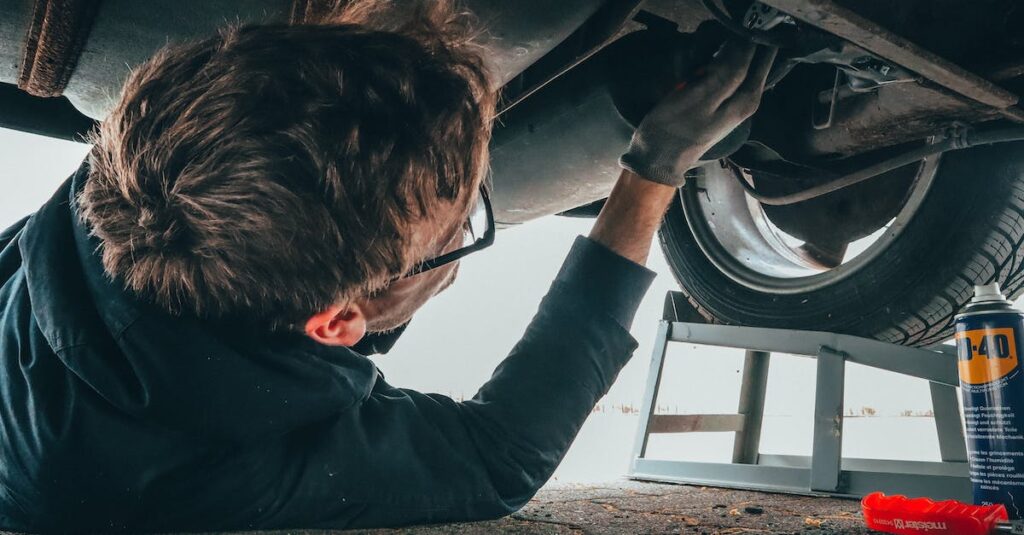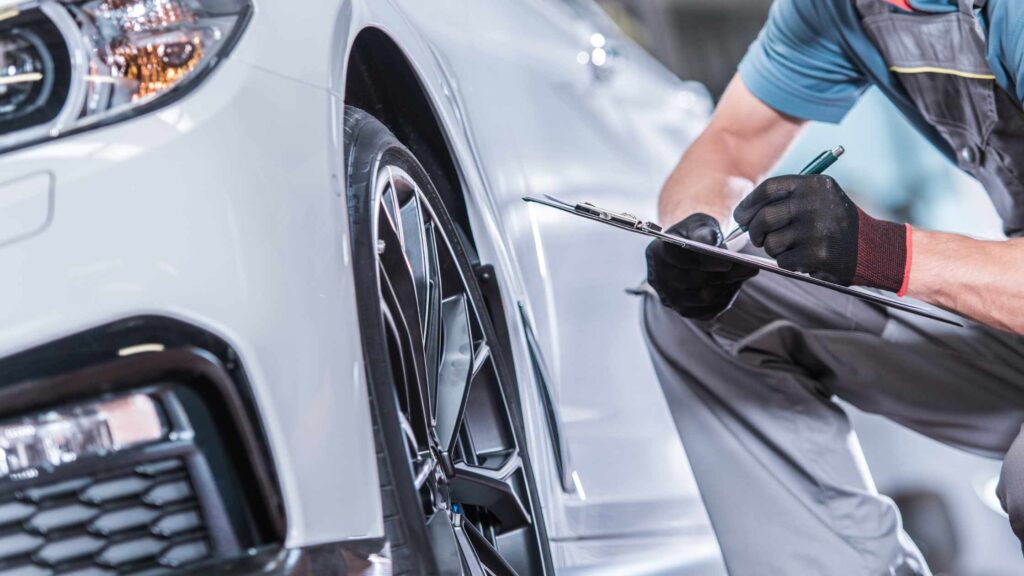Introduction
Car enthusiasts know the joy of being hands-on with their vehicles. A true enthusiast understands the importance of regular maintenance to keep their car running smoothly and efficiently. In this article, we will explore some DIY maintenance tips that every car enthusiast should know. From checking the oil to replacing spark plugs, these hands-on techniques will help you keep your vehicle in top condition.
Check the Oil Regularly
One of the simplest yet most critical maintenance tasks is checking and changing the oil regularly. Engine oil lubricates the internal components, reducing friction and preventing wear. It is recommended to check the oil level at least once a month or before any long trips. To do this:
- Park your car on a level surface and wait for the engine to cool down.
- Open the hood and locate the oil dipstick.
- Pull out the dipstick, wipe it clean, and reinsert it fully.
- Pull it out again and check the oil level. Ensure it falls within the safe range indicated on the dipstick.
- If the oil level is low, add the recommended oil type gradually.
- Remember to change the oil as per your manufacturer’s guidelines.
Inspect and Replace the Air Filter
A clean air filter is vital for the engine’s performance and fuel economy. Over time, the air filter gets clogged with dirt and debris, hindering airflow. To inspect and replace the air filter:
- Consult your vehicle’s manual to locate the air filter housing.
- Open the housing and remove the air filter.
- Inspect the filter for dirt and debris. If it appears clogged or dirty, it’s time to replace it.
- Install a new filter, ensuring it is properly seated.
- Close the housing securely.
Replace Spark Plugs
Spark plugs play a crucial role in the combustion process of the engine. Worn-out spark plugs can lead to misfires, reduced fuel efficiency, and engine performance issues. To replace spark plugs:
- Consult your vehicle’s manual to locate the spark plugs.
- Remove the spark plug cables carefully, one by one, using a spark plug socket.
- Check the old spark plugs for signs of wear, such as eroded electrodes or deposits.
- Replace the old spark plugs with new ones of the same type and gap specification.
- Reattach the spark plug cables, ensuring they are firmly in place.
Inspect and Rotate Tires
Regular tire inspections and rotations promote even tread wear and extend tire life. To inspect and rotate your tires:
- Park your vehicle on a level surface and engage the parking brake.
- Use a tire pressure gauge to check the tire pressure, ensuring it matches the recommended PSI (pounds per square inch) stated in your vehicle’s manual.
- Inspect each tire for signs of wear, such as uneven tread or bulges.
- Rotate the tires as per your manufacturer’s guidelines. This usually involves moving the front tires to the back and vice versa, as well as switching the sides.
- Ensure all lug nuts are properly tightened.
Maintain Battery Health
A healthy battery is essential for reliable starting and electrical system performance. To maintain your car battery:
- Regularly inspect the battery terminals for corrosion or loose connections.
- If necessary, clean the terminals using a mixture of baking soda and water.
- Ensure the battery is securely mounted in the tray and has no signs of leakage.
- Check the battery’s electrolyte level if it’s a non-maintenance-free battery. Add distilled water if needed.
- If your battery is nearing the end of its lifespan, consider replacing it.
Regularly Clean Your Vehicle
Apart from mechanical maintenance, regular cleaning is crucial for both the exterior and interior of your car. It helps prevent rust, maintain paint integrity, and ensures a pleasant driving experience. Remember to:
- Wash your car regularly, especially in areas prone to salt or dirt buildup.
- Use a mild detergent and soft cloth or sponge to avoid damaging the paint.
- Apply a protective wax coating to the exterior periodically.
- Vacuum the interior, clean the windows, and remove any debris or clutter.
- Regularly check and clean the floor mats.
Summary
As a car enthusiast, taking care of your vehicle is part of the joy of ownership. By following these DIY maintenance tips, you can ensure your car runs smoothly and efficiently. Regularly checking the oil, inspecting and replacing filters and spark plugs, rotating tires, maintaining the battery, and keeping your vehicle clean are all essential aspects of car maintenance. Embrace these hands-on techniques and enjoy the rewards of a well-maintained vehicle.







